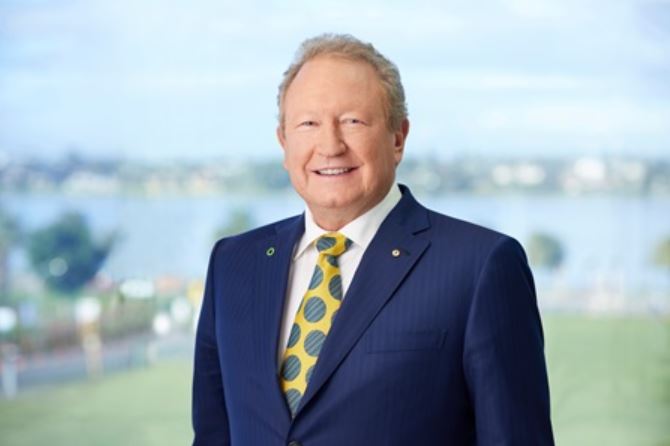Fortescue Metals Group (FMG) plans to cut 700 jobs and shift its focus from green hydrogen to green electricity.
This move is seen as a significant shift in the company’s strategy, impacting the Albanese government’s ambition to position Australia as a hydrogen superpower through more than $8 billion in taxpayer-funded incentives.
FMG Chairman Andrew Forrest, a long-time advocate for green hydrogen, has conceded that the current economic climate and energy market dynamics have necessitated a shift in focus. Lower energy prices, driven by geopolitical tensions such as the war in Ukraine and unrest in the Middle East, have made the production and distribution of green hydrogen economically challenging. Forrest acknowledges that in such an environment, the widespread adoption of hydrogen, which relies on cheap energy, is unlikely.
Fortescue’s initial target to produce 15 million tonnes of green hydrogen by 2030 has now been shelved. Instead, the company will focus on generating and distributing green electricity, a sector where Forrest believes FMG can achieve more immediate and tangible success. This shift aligns with Forrest’s private ventures in renewable energy through Squadron Energy, which owns several wind farms in Australia.
The decision to pivot away from hydrogen raises questions about the effectiveness of government incentives designed to promote the hydrogen sector. The Albanese government has committed $6.7 billion in production tax credits for hydrogen projects in addition to a $2 billion “hydrogen headstart” policy. However, Fortescue’s move suggests that these incentives might not be sufficient to overcome the current market challenges facing hydrogen production.
The job cuts at Fortescue are part of an ongoing effort to streamline operations and reduce duplication between the company’s energy and mining divisions. Despite the reduction in workforce, Forrest emphasizes that the cuts are aimed at organizational efficiency rather than cost-cutting. The restructuring includes the appointment of Apple Paget as chief financial officer of the combined group, signaling an end to the previous structure where the mining and energy divisions had separate CFOs.
Despite scaling back on hydrogen, Fortescue will continue with several clean energy projects that have already reached final investment decisions. These include a green hydrogen project in Arizona, a green iron project in the Pilbara, and a $150 million green hydrogen project near Gladstone. Two additional hydrogen projects in Norway and Brazil remain under consideration, with the Norwegian project nearing a final investment decision.
However, several other hydrogen initiatives have been deprioritized, including a retrofit project at Incitec Pivot’s Gibson Island fertiliser plant and the Centralia project in Washington, USA. High electricity costs in Australia have also contributed to the decision to pause the Gibson Island project.
